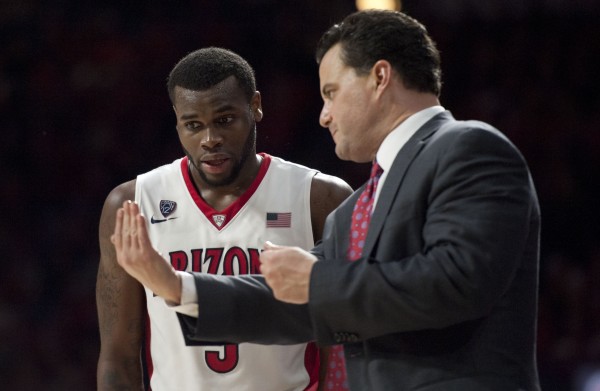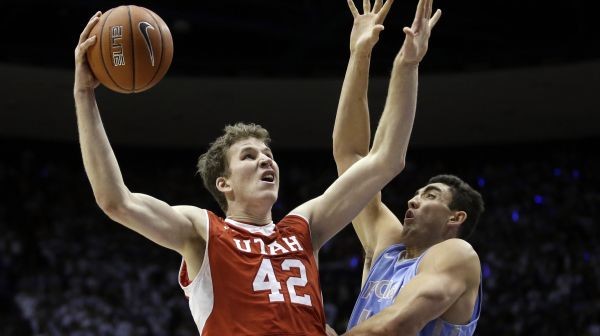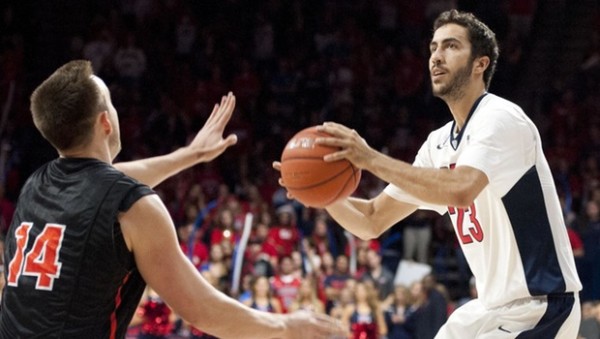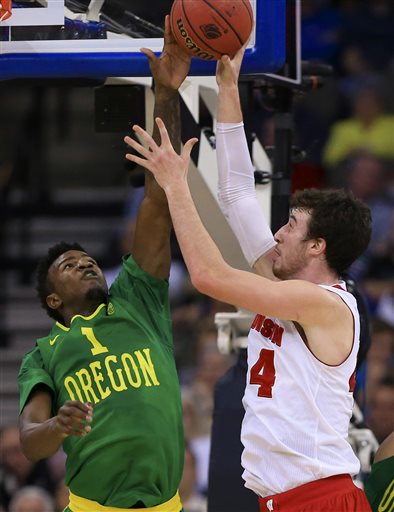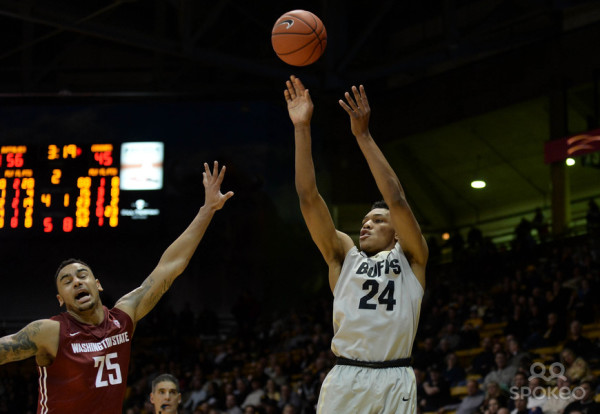Making Sense of the Wild Pac-12 Standings
Posted by Andrew Murawa (@Amurawa) on January 11th, 2016We’re now through two weeks of Pac-12 play and Washington sits alone atop the conference with a 3-0 record. USC, Oregon State and Oregon are the next three teams, with only one loss. Teams among the conference favorites – for example, Arizona and Utah – sit with sub-.500 records. And Arizona State, a team expected to be in the mix somewhere in the middle of the conference race, is sitting alone in last place with an 0-3 record. Sure, given that teams have only played a fraction of the conference schedule, most of this is meaningless. But here are some more relevant facts. At halfway through the college basketball regular season, 11 of the 12 conference teams are ranked among the KenPom top 100 — only Washington State sits out at #122. If RPI is more your thing (for some reason), those 11 teams rank among the top 75 of that metric. If you want to throw out Stanford and Washington, the top nine teams in the conference rank among the top 66 in KenPom and the top 48 in RPI. The conference is listed as the #2 strongest collection of teams in the land by RPI, while KenPom puts the league third. Oregon is rated highest in RPI (#11), while Arizona tops KenPom at #16.
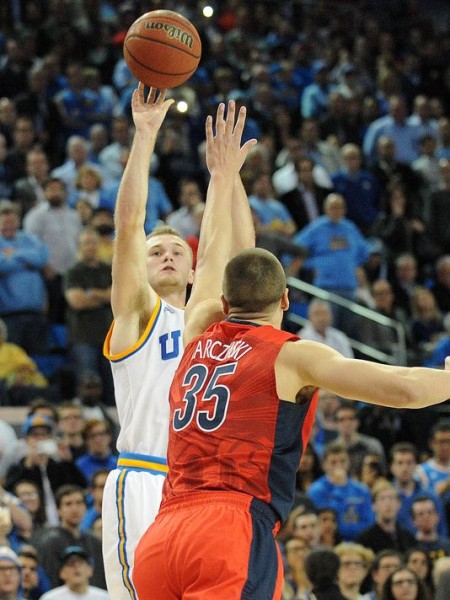
Two Weeks Into Conference Play, One Thing Is Clear: It’s Going To Be A Wild One (Gary A. Vasquez, USA Today)
Enough numbers for now; the important question is what do they all mean? To begin with, this is a conference that runs deep with good teams. In a season seeming to lack great teams on a national level, the Pac-12 will again be expected to extend its streak of seasons without a Final Four entrant to eight. However, because of that lack of dominant team on the national landscape, if this NCAA Tournament tends towards wild upsets (as sometimes happens), the Pac-12 has some teams in that next tier of strength that could either be the upsetter or take advantage of brackets thinned out by upsets.





























